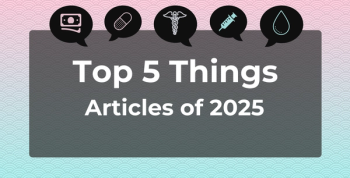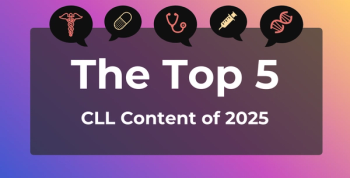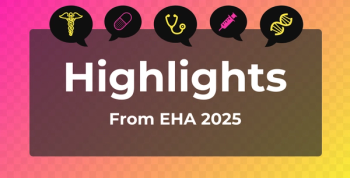
Testing for HIV Decreased for Sex Workers in Iran
Female sex workers were found to have tested for HIV less in 2020 than had been reported in 2015.
Female sex workers (FSW) in Iran were tested for
FSWs are a vulnerable population for contracting HIV worldwide. Specifically in Iran, FSWs face social and cultural sensitivities, and the estimated pooled prevalence of HIV diagnoses in Iran was 2.2% of FSWs. This study aimed to “provide an update on the frequency and the correlates of HIV testing among FSWs in Iran using a nationwide survey conducted in 2020.”
The researchers recruited FSWs from 8 cities in Iran between December 2019 and August 2020. Cities were chosen to represent different regions in the country with cultural and geographical variation. Participants were included if they were women, had self-reported sexual intercourse in exchange for money, were 16 years or older, lived in the city of study for at least 12 months prior to the interview for the study, and had given consent to participate. Participants were excluded if they were already living with HIV, did not report HIV status, or had unknown HIV status.
Face-to-face interviews were used to collect data. Rapid diagnostic tests were given to determine status of HIV and
There were 1399 FSW included in this study, with 44.7% (95% CI, 40.7%-48.7%) reporting having tested for HIV in the previous 12 months. FSWs who were married had a higher prevalence of testing (45.2%), along with women who were college educated (50.8%) and 18 years or older when they first had sex (46.3%). Testing for HIV also varied by region, with Shiraz (77.5%), Khorramabad (54.0%), and Tehran (49.0%) having the highest prevalence of testing for HIV compared with Tabriz (8.4%) and Bandar Abbas (18.3%), which had the lowest.
A multivariable model that adjusted for covariates found that FSWs who used condoms during the last time they had sex with a nonpaying partner had a higher prevalence of HIV testing in the last 12 months (odds ratio [OR], 1.78; 95% CI, 1.39-2.27), along with FSWs who did not have a lifetime history of alcohol consumption (OR, 1.72; 95% CI, 1.33-2.23) and FSWs who had a lifetime history of drug use (OR, 1.60; 95% CI, 1.22-2.08).
The researchers found that not being aware of an HIV testing site (21.2%), not having enough time and it not being easy to test (19.5%), and not considering themselves at risk of HIV (15.5%) were the most common reported reasons for not getting tested.
There were some limitations to this study. Face-to-face interviews could have led to social desirability bias, which may have inflated the actual recency of testing, and the results may not be generalizable to all FSWs in Iran, as most participants came from urban settings. Causal inferences also could not be drawn given the cross-sectional design of the study. The study was also conducted during the COVID-19 pandemic, which could have affected access to the study.
The researchers found that “less than 45% of FSWs were tested for HIV in the last 12 months, which is significantly less than the reported 70% for 2015.” The researchers recommend addressing the barriers to HIV testing through more accessible testing strategies.
Reference
Tavakoli F, Moradi G, Mirzazadeh A, Zarei B, Sharifi H. HIV testing and its associated factors among female sex workers in Iran in 2020: finding from a respondent-driven sampling survey. PLoS One. Published online August 1, 2023. doi:10.1371/journal.pone.0289307
Newsletter
Stay ahead of policy, cost, and value—subscribe to AJMC for expert insights at the intersection of clinical care and health economics.







































